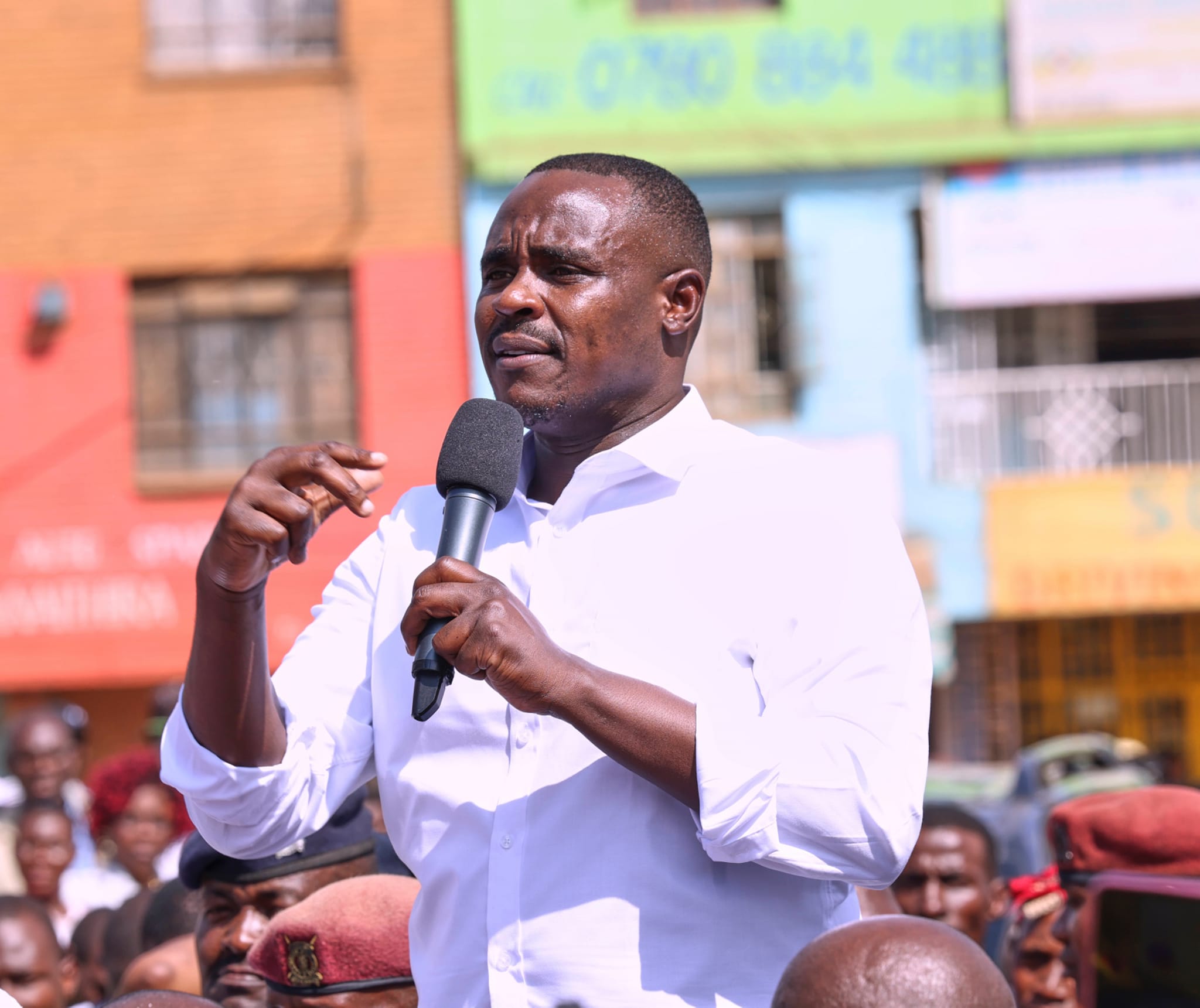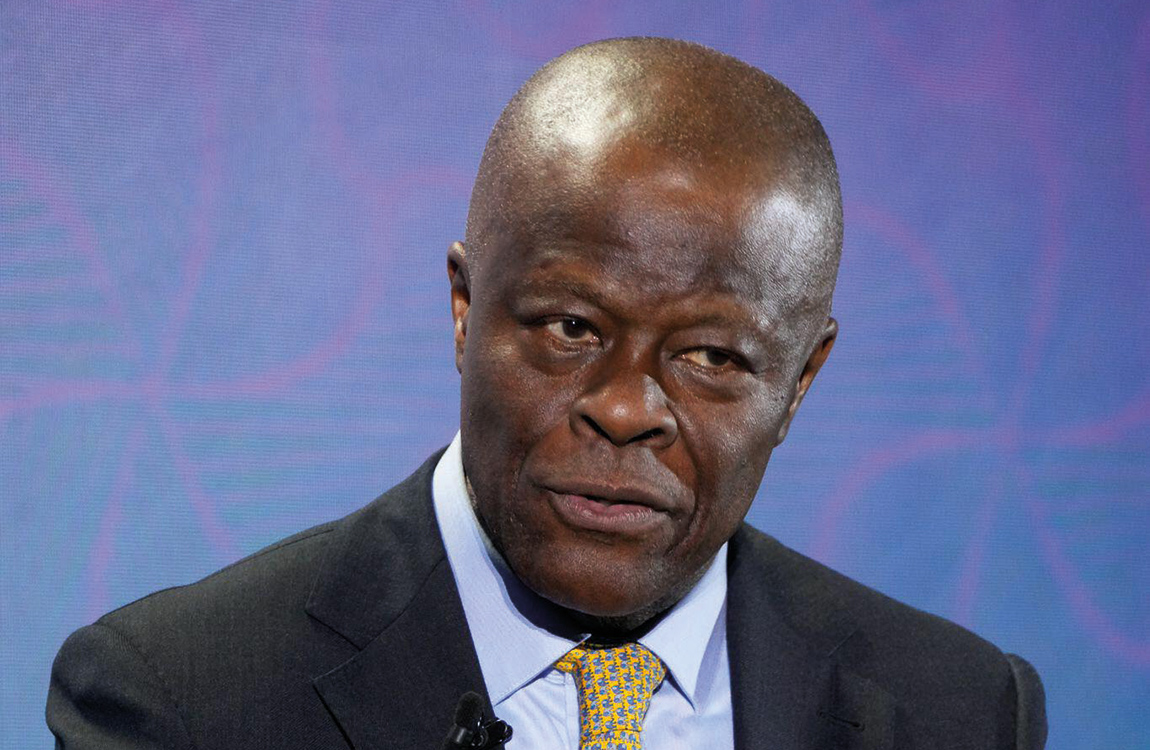Human-wildlife conflict: What do Kerala's new compensation norms say
The new guidelines will be implemented with retrospective effect from 7 March 2024 – the day human-wildlife conflicts was officially declared a ‘State Special Disaster’.

Human-wildlife conflict claimed 919 lives and injured 8,967 people in the state between 2016–17 and 31 January 2025.
: The Kerala government has introduced comprehensive new compensation guidelines for victims of human-wildlife conflict, providing financial relief for loss of life, injuries, crop damage, and livestock loss – with retroactive effect from 7 March 2024. The move follows a sharp rise in such incidents across the state, which have resulted in 919 deaths and nearly 9,000 injuries since 2016.
The Kerala government has finalised a new set of guidelines to provide financial assistance to victims of human-wildlife conflicts (HWC), addressing a long-standing grievance among affected communities.
The new guidelines, approved by the State Executive Committee of the State Disaster Management Authority and ratified by the government on 9 May, will be implemented with retrospective effect from 7 March 2024 – the day HWC was officially declared a ‘State Special Disaster’.
The move comes against the backdrop of rising incidents of conflict, which claimed 919 lives and injured 8,967 people in the state between 2016–17 and 31 January 2025.
Also Read: Growing human-wildlife conflict calls for strict habitat management measures
In a significant move to strengthen the safety net for victims of HWC, the government has revised its ex gratia relief norms, extending enhanced financial assistance to affected families – irrespective of whether incidents occur inside or outside forest areas.
Families of individuals who lose their lives to wild animal attacks will now receive ₹10 lakh, including those engaged in relief or preparedness operations. Deaths caused by snakebites, or bee and wasp attacks will fetch ₹4 lakh.
Those suffering disabilities between 40 and 60 percent will be entitled to ₹2 lakh, while cases above 60 percent disability will receive ₹2.5 lakh. Scheduled Tribe members will receive full treatment expenses without any cap.
Grievous injuries involving hospitalisation will be compensated based on actual costs, ranging from ₹5,400 to ₹1 lakh, depending on the severity and duration of care.
Additionally, families facing livelihood disruptions due to HWC-triggered confinement orders will receive daily relief at rates linked to the Mahatma Gandhi National Rural Employment Guarantee Act (MGNREGA), as notified by the District Disaster Management Authority (DDMA) in consultation with forest and civic officials.
To streamline disaster response mechanisms, DDMAs have been granted enhanced financial autonomy under the Disaster Management Act 2005.
In the event of emergencies, the cost of search and rescue operations – including the evacuation of affected people – will be swiftly assessed by the DDMA Chairperson or their authorised representative, with provisions to exercise Section 50 of the Act for account settlements.
Special focus has also been given to the rescue of animals, with DDMAs authorised to release advance amounts of up to ₹1 lakh to Divisional Forest Officers (DFOs) for urgent measures such as hiring vehicles, drones, tranquilising medicines, and temporary shelters for wildlife and livestock.
Relief camps for displaced people will be jointly managed by local self-government and land revenue departments, providing temporary accommodation, food, clothing, and medical care, with healthcare support drawn from the National Rural Health Mission (NRHM).
Additionally, funds for emergency drinking water supply to forest waterholes can be advanced by the DDMA Chairperson – up to ₹1 lakh at a time – with strict certification protocols involving Range Forest Officers, Panchayat Secretaries, and Village Officers.
Also Read: Kerala turns to innovation to resolve growing human-wildlife conflict crisis
The government has also fixed financial assistance and operational support measures.
Families of individuals who lose their lives due to HWC – whether inside or outside forest areas, or while participating in relief and preparedness activities – will be provided an ex gratia payment of ₹10,000 for burial expenses, upon certification by the concerned Range Forest Officer.
To address the threat posed by wild pigs and other pests in human habitations, ₹1 lakh has been sanctioned per local self-government (LSG) institution per financial year for culling and carcass disposal.
Authorised shooters engaged by the LSGs will receive an honorarium of ₹1,500 per animal culled, while ₹2,000 is earmarked for each carcass burial.
The expenses, certified by Panchayat Secretaries, will be reimbursed by the DDMA.
Farmers cultivating agricultural, horticultural, and annual plantation crops in rainfed areas will now receive ₹8,500 per hectare, while those in assured irrigated areas will be eligible for ₹17,000 per hectare.
For perennial crops, the compensation has been fixed at ₹22,500 per hectare, ensuring a minimum of ₹2,000 for affected farmers.
In the sericulture sector, assistance will be ₹6,000 per hectare for Eri, Mulberry, and Tussar, and ₹7,500 per hectare for Muga cultivation.
The total relief per farmer will be capped at ₹1 lakh, with losses assessed by the Agriculture Department using standard calamity loss rates on the Agricultural Information Management System (AIMS) portal.
The compensation will be disbursed by combining the State Disaster Response Fund (SDRF) norms and additional support from the Forests and Wildlife Department.
Also Read: Unlike Kerala, Tamil Nadu is systematically tackling human-wildlife conflict, says Dr PS Easa
Financial assistance guidelines for small and marginal farmers who suffer livestock losses due to wildlife attacks have also been outlined.
Compensation is set at ₹37,500 per large milch animal (buffalo or cow), with a maximum of ₹1,12,500 per household covering up to three animals.
For small milch animals such as sheep, goats, and pigs, the aid is ₹4,000 per animal, capped at ₹1,20,000 per household for up to 30 animals.
Large draught animals such as camels, horses, and bullocks receive ₹32,000 per animal, with relief limited to ₹1,00,000 per household for three animals.
Small draught animals, including calves and donkeys, are eligible for ₹20,000 per animal for up to six animals.
Poultry farmers can claim ₹100 per bird, with assistance capped at ₹10,000 per household.
The Animal Husbandry Department will verify each claim by investigating wildlife attack records, ensuring accurate assessment and timely relief under the SDRF and the Forests and Wildlife Head of Account.
In addition to immediate relief measures, guidelines have been established for disbursing compensation for fully and partially damaged houses, destroyed huts, cattle sheds, bridges, culverts, and drinking water supply schemes operated by local self-governments.
The compensation framework also covers damage to power infrastructure, schools, primary and community health centres, and community assets such as Anganwadis, community halls, panchayat offices, Yuva Kendras, and Mahila Mandirams.
Provisions have also been made for the repair of wells, compound walls, fences, drying chambers, micro, small and medium enterprise (MSME) establishments, and Public Distribution Shops affected during animal search and rescue operations.
(Edited by Dese Gowda)













